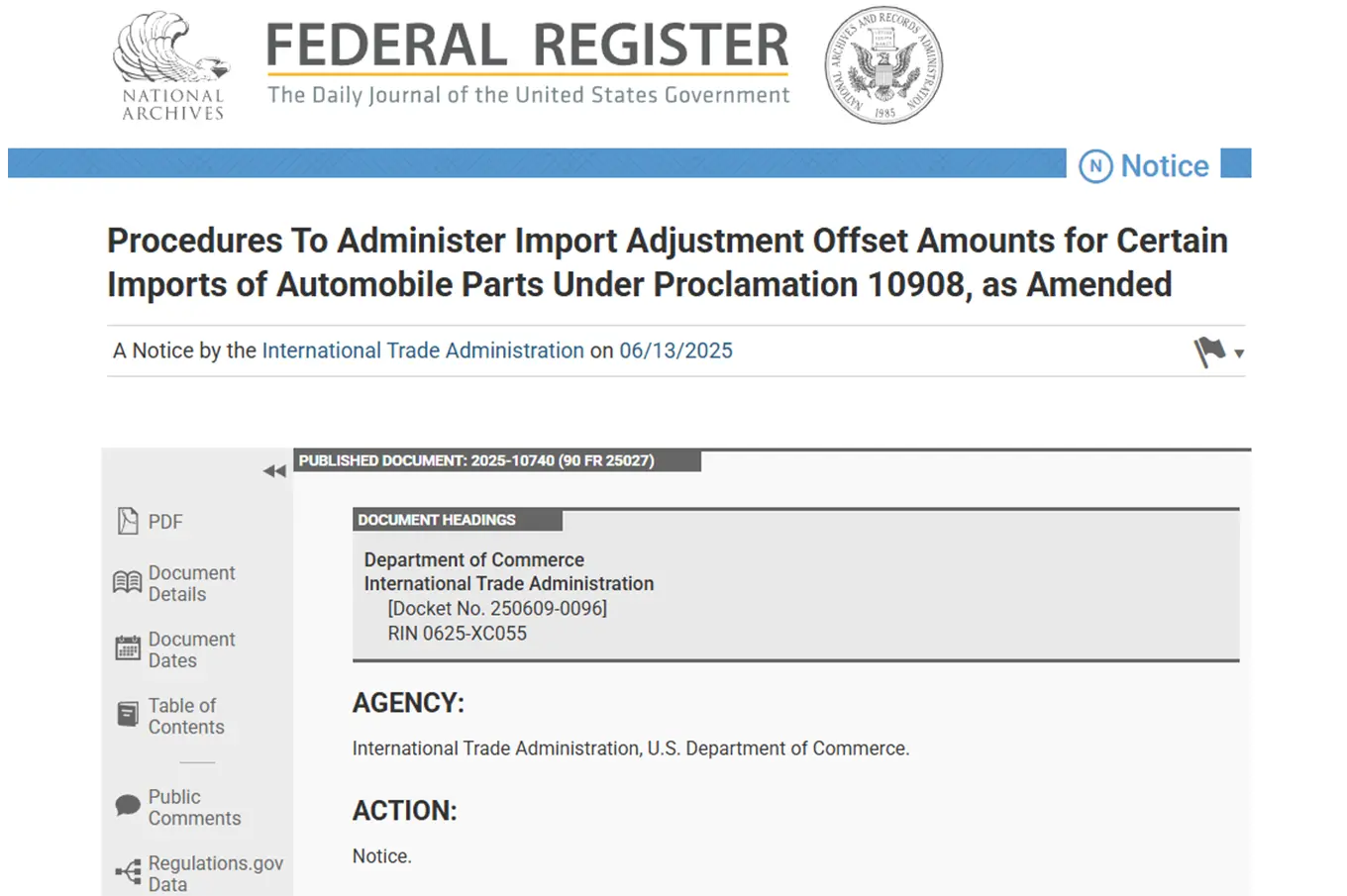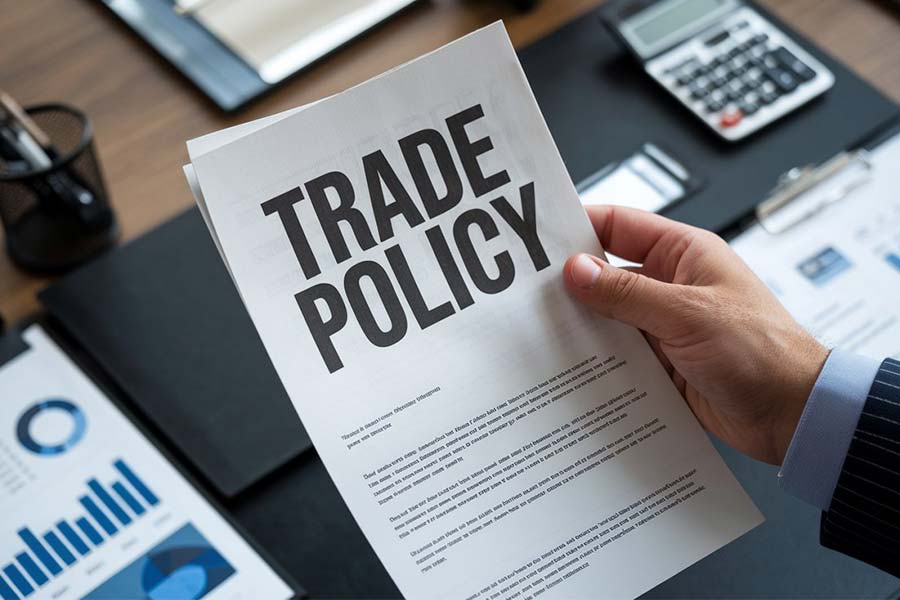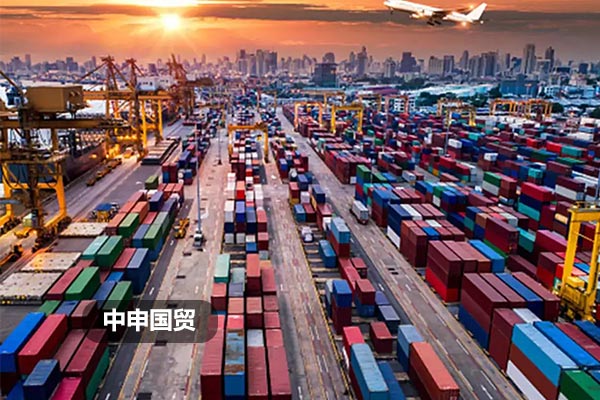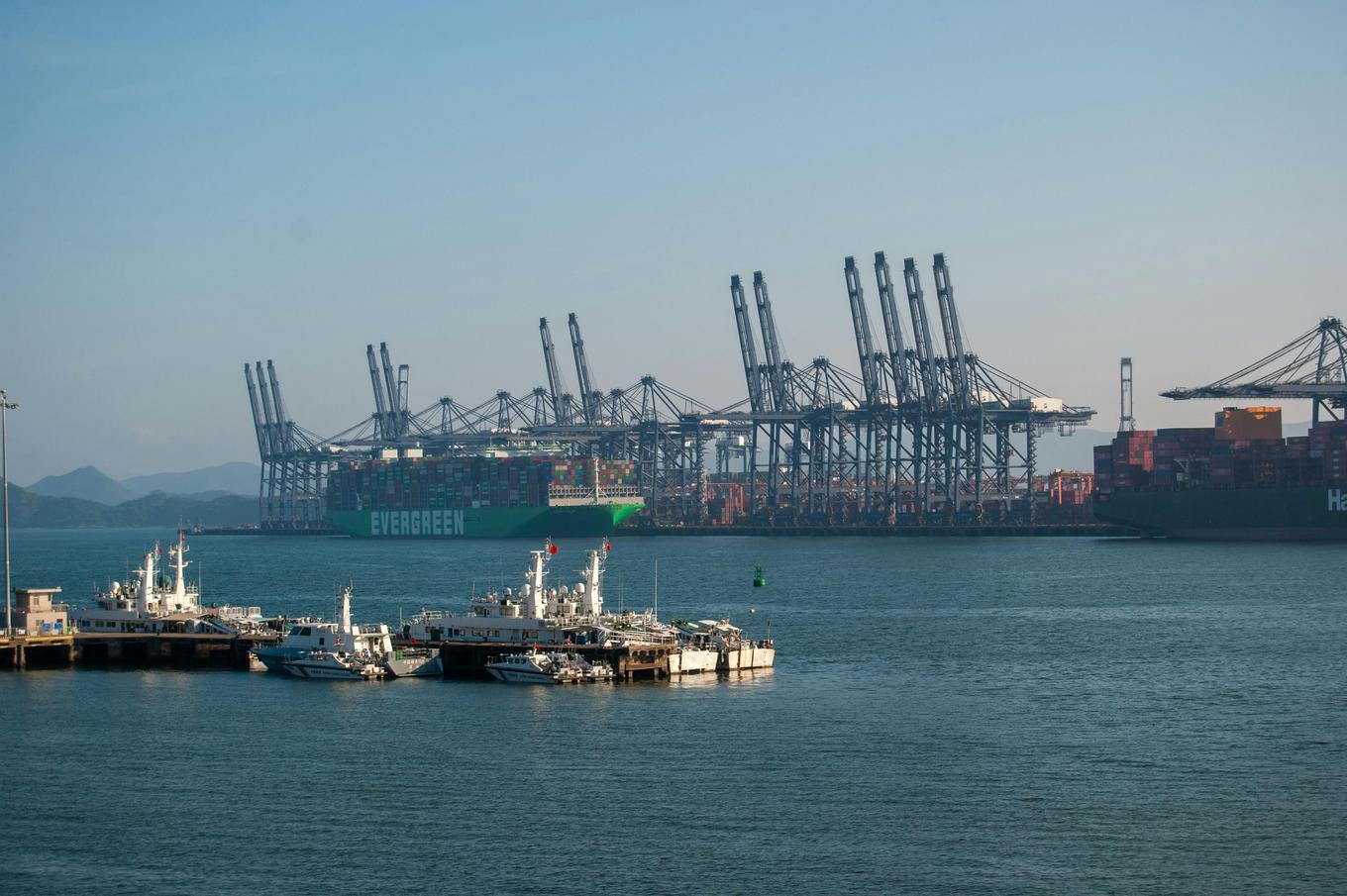- Shanghai Zhongshen International Trade Co., Ltd. - Two decades of trade agency expertise.
- Service Hotline: 139 1787 2118

Introduction
In the increasingly prosperous global trade environment, importing swimwear from Italy presents a promising business opportunity. Italian swimwear is renowned worldwide for its fashionable designs and exquisite craftsmanship, enjoying widespread popularity among global consumers. However, the import process involves multiple steps requiring professional knowledge and efficient execution.ZhongShen International TradeSpecializing in importExport Representationservices, we possess outstanding professional capabilities in documentation processing and logistics services, ensuring smooth importation of swimwear from Italy for you.
Opportunities and challenges in the current international trade landscape
The current international trade situation is complex and volatile. On one hand, the gradual recovery of the global economy has led to a rebound in consumer markets, increasing demand for fashionable Italian swimwear and creating opportunities for importers. On the other hand, rising trade protectionism, frequent adjustments in tariff policies across countries, and growing trade barriers pose challenges. For instance, some countries may impose high tariffs or stringent quality standards on imported textile and apparel products, undoubtedly increasing import costs and difficulties. Meanwhile, exchange rate fluctuations also introduce uncertainty to import trade, as significant currency movements may impact import costs and profit margins.
The Professional Approach to Document Processing
- Commercial Invoice: This is a key document in the import process, requiring detailed listing of swimwear descriptions, quantities, unit prices, total amounts, etc., with content that must match the contract. The invoice must be officially issued by the exporter and bear the company seal. For swimwear imported from Italy, the invoice language is recommended to be in English or Italian to ensure accurate information transmission.
- B/L: The bill of lading serves as proof of ownership of goods and is crucial inMaritime Transportationimport transactions. Select reliable carriers to ensure the authenticity and accuracy of the bill of lading. Information on the bill of lading, such as shipper, consignee, notify party, cargo description, quantity, loading port, and discharge port, must match other documents. Additionally, pay attention to the type of bill of lading, such as original bills or telex release, choosing the appropriate type based on actual business needs.
- Packing list: Records detailed information about the types, quantities, and sizes of swimwear in each package, facilitating customs inspection and cargo counting. The packing list should corroborate with the commercial invoice and bill of lading to ensure consistency of goods information.
- It is recommended to verify through the following methods:Technical data: If the Italian exporter can provide a valid certificate of origin, it may help qualify for certain tariff preference policies. Different trade agreements have varying requirements for certificates of origin. For example, if the goods meet the rules of origin under relevant free trade agreements, importers may apply for lower tariff rates.
Sea freight is cost-effective for bulk shipments but slower (e.g., 30-40 days Marseille-Shanghai). Air freight suits time-sensitive goods despite higher costs.
- Selection of transportation methods: For importing swimwear from Italy, sea freight is a common choice due to its relatively lower costs, suitable for large-volume shipments. If goods are urgent,Air Transportationair freight can significantly reduce transportation time, though at higher costs. When selecting sea freight, arrange shipping schedules according to the delivery period to avoid losses caused by delays. Additionally, monitor fluctuations in freight rates and prepare cost budgets in advance.
- Freight forwarder selection: Choosing experienced and reputable freight forwarders is crucial. Professional freight forwarders not only provide efficient services like booking, customs clearance, and inspection but also handle unexpected issues promptly during transportation. For instance, when encountering port congestion or severe weather, freight forwarders can leverage their resources and experience to coordinate with relevant parties, ensuring timely and safe arrival of goods at the destination.
- Cargo Insurance: To reduce risks during transportation, it is recommended to purchase cargo transportation insurance. Select appropriate insurance clauses and coverage amounts based on factors such as the value of the goods and the mode of transportation. Common insurance clauses include Free from Particular Average (FPA), With Particular Average (WPA), and All Risks. Importers can choose according to their actual needs.
For French accessories targeting Russia, a distinctive advantage is VTBs settlement convenience. VTB Bank as a major Russian financial institution maintainsFX Settlement Agencyclose cooperation. Using VTB channels simplifies cumbersome procedures and accelerates settlements.
For import business involving the Russian market, ZhongShen International Trade has unique advantages - VTB foreign exchange settlement convenience. When trading with Russian clients, the foreign exchange settlement process is crucial. Typically, the settlement process is as follows: First, after receiving and inspecting the goods, the importer issues a payment instruction to the bank. The bank then transfers the payment to the exporter through the international clearing system. Through the VTB Bank channel, the settlement process is smoother under compliant operations. VTB Bank holds an important position in the Russian financial market and has close business ties with many enterprises. Leveraging its good cooperative relationship with VTB Bank, ZhongShen International Trade can help importers complete settlement procedures faster, reduce funds in transit time, and improve fund utilization efficiency. Meanwhile, VTB Bank also has certain advantages in handling trade financing and other businesses, providing importers with flexible financing solutions to alleviate financial pressure.
Southeast Asian Marketimport and exportProcess and Solutions
- Import Process
- Market research and supplier selection: Before deciding to import swimwear from Italy for the Southeast Asian market, it is essential to thoroughly understand local market demand, consumer preferences, and competitive dynamics in Southeast Asia. Identify suitable Italian suppliers through channels such as international apparel exhibitions, industry forums, and online B2B platforms. Evaluate suppliers based on product quality, production capacity, price competitiveness, delivery time, and other factors to select reliable partners.
- Sign the Contract: After reaching an agreement with the supplier on terms such as swimwear specifications, quantity, price, delivery time, payment method, quality standards, and packaging requirements, sign a formal import contract. The contract should clearly define the rights and obligations of both parties and use internationally recognized trade terms such as FOB (Free on Board) and CIF (Cost, Insurance, and Freight) to determine the time and place of risk transfer for the goods.
- Obtain an import license (if required): Some Southeast Asian countries may require importers to obtain an import license for textile and apparel products. Importers should familiarize themselves with local regulations in advance, prepare the necessary application materials, and apply for the license from local government authorities. Required documents may include the contract, commercial invoice, packing list, and product description.
- Customs Declaration and Inspection: Before the goods arrive at the destination port, the importer or their agent must declare the goods to local customs. Provide accurate customs declarations, commercial invoices, bills of lading, packing lists, certificates of origin, and other documents, and truthfully declare the goods information. At the same time, complete the inspection and quarantine procedures according to local requirements. For swimwear, this may involve textile composition testing, safety testing, and other items.
- Pay tariffs and taxes: Customs calculates the applicable tariffs and other taxes based on the goods classification and declared value. Importers must pay the relevant taxes and fees on time to take delivery of the goods. Tariff rates vary by country and product category, and importers can check specific rates on local customs websites or consult professional agencies.
- Cargo Pickup and Delivery: After paying the taxes and fees, the importer can pick up the goods at the designated location with the delivery order. Arrange for the distribution and warehousing of the goods according to the market sales plan. Options include setting up your own warehouse or entrusting a professional warehousing and logistics company for storage and distribution.
- Solutions
- Responding to Regulatory Changes: Regulations and policies in Southeast Asian countries are constantly changing. Importers should establish a regulatory tracking mechanism to stay updated on policy changes. Subscribe to industry news or attend policy interpretation training to ensure business compliance. For example, if a country raises environmental standards for swimwear, importers should promptly notify Italian suppliers to adjust production processes to meet the new requirements.
- Optimizing Logistics Costs: Negotiate with multiple freight forwarders and shipping companies to secure more favorable freight rates. At the same time, arrange for LCL (Less than Container Load) or FCL (Full Container Load) shipments based on the quantity of goods and delivery time to choose the best transportation solution. Additionally, consider establishing a logistics center in Southeast Asia to improve distribution efficiency and reduce logistics costs.
- Quality Control: Specify strict quality standards in the contract and require suppliers to provide product quality certificates. Before shipment, entrust a third-party inspection agency to ensure the swimwear meets the required quality standards. If quality issues are found, communicate with the supplier promptly to resolve them and avoid disputes after the goods arrive at the destination port.
Key points related to product certification services
Product certification is a critical step in the process of importing Italian swimwear. Different markets have varying certification requirements for textile and apparel products. For example, the EU market requires CE certification, which covers product safety and environmental aspects. While ZhongShen International Trade does not directly provide certification services, we assist clients in the process. We inform clients of the detailed certification requirements, including the certification body, process, and required materials. After understanding the information, clients can choose a certification agency to handle the process. During the assistance, we help review certification application materials to ensure completeness and accuracy. We also share past successful certification cases and experiences to help clients avoid pitfalls and complete the certification smoothly, ensuring the imported swimwear complies with the target markets regulations.
Conclusion
Importing swimwear from Italy presents both challenges and opportunities in the current international trade landscape. By handling documentation professionally, arranging logistics efficiently, leveraging VTB foreign exchange settlement convenience for the Russian market, understanding Southeast Asias import-export processes and solutions, and prioritizing product certification services, importers can succeed in this business venture. With its expertise in import-export agency services, ZhongShen International Trade is committed to partnering with importers to explore international markets together.
Related Recommendations
? 2025. All Rights Reserved. Shanghai ICP No. 2023007705-2  PSB Record: Shanghai No.31011502009912
PSB Record: Shanghai No.31011502009912










